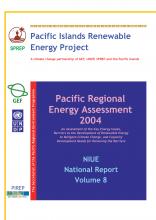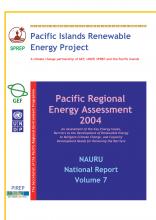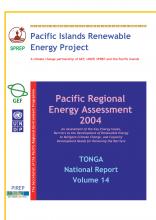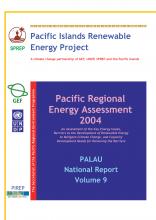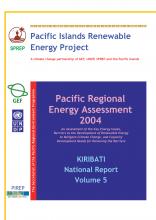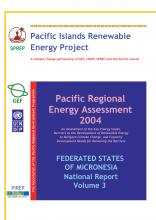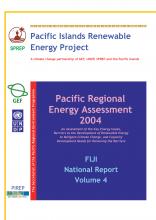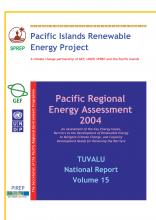(PIREP) Pacific Regional Energy Assessment 2004 : an assessment of the key energy issues, barriers to the development of renewable energy to mitigate climate change, and capacity development needs to removing the barriers : Papua New Guinea national report

Climate Change Resilience
Available Online
PNG has two distinct economies: i) a modem, cash economy dominated by mining, timber, gas and oil. and agricultural expoits (coffee, cocoa, tea. oil palm and copra): and ii) the traditional subsistence economy and semi-subsistence fanning, with most villages producing little or no surplus for trading. Economic growth has varied considerably but averaged less than 3% annually in real terms since independence in 1975. with per capita income less in 2002 than at Independence. The government expects real growth to average 2.1% from 2003-2008. a continued decline in real GDP per capita: Current development plans aim at public debt reduction, reduced budget deficits, and more stringent cost controls.
